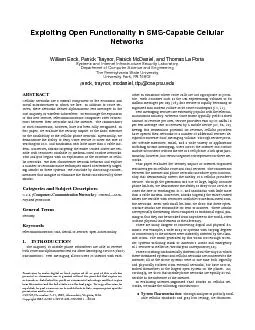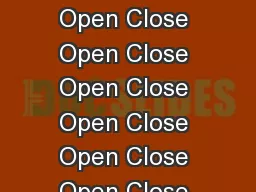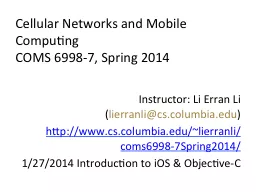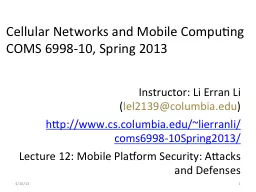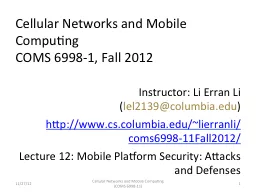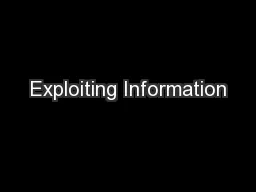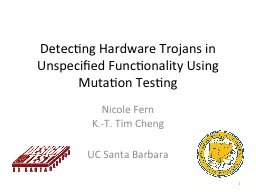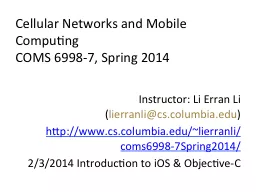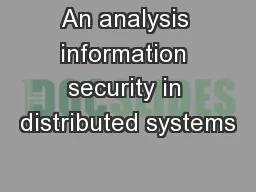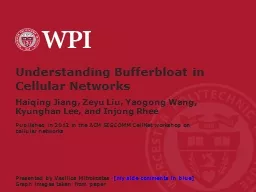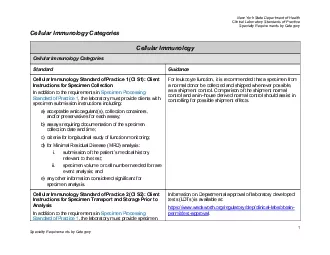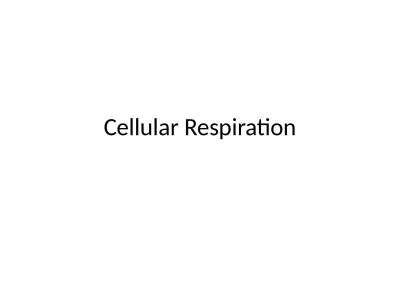PDF-Exploiting Open Functionality in SMSCapable Cellular Networks William Enck Patrick Traynor
Author : tatyana-admore | Published Date : 2014-12-09
psuedu ABSTRACT Cellular networks are a critical component of the economic and social infrastructures in which we live In addition to voice ser vices these networks
Presentation Embed Code
Download Presentation
Download Presentation The PPT/PDF document "Exploiting Open Functionality in SMSCapa..." is the property of its rightful owner. Permission is granted to download and print the materials on this website for personal, non-commercial use only, and to display it on your personal computer provided you do not modify the materials and that you retain all copyright notices contained in the materials. By downloading content from our website, you accept the terms of this agreement.
Exploiting Open Functionality in SMSCapable Cellular Networks William Enck Patrick Traynor: Transcript
Download Rules Of Document
"Exploiting Open Functionality in SMSCapable Cellular Networks William Enck Patrick Traynor"The content belongs to its owner. You may download and print it for personal use, without modification, and keep all copyright notices. By downloading, you agree to these terms.
Related Documents

